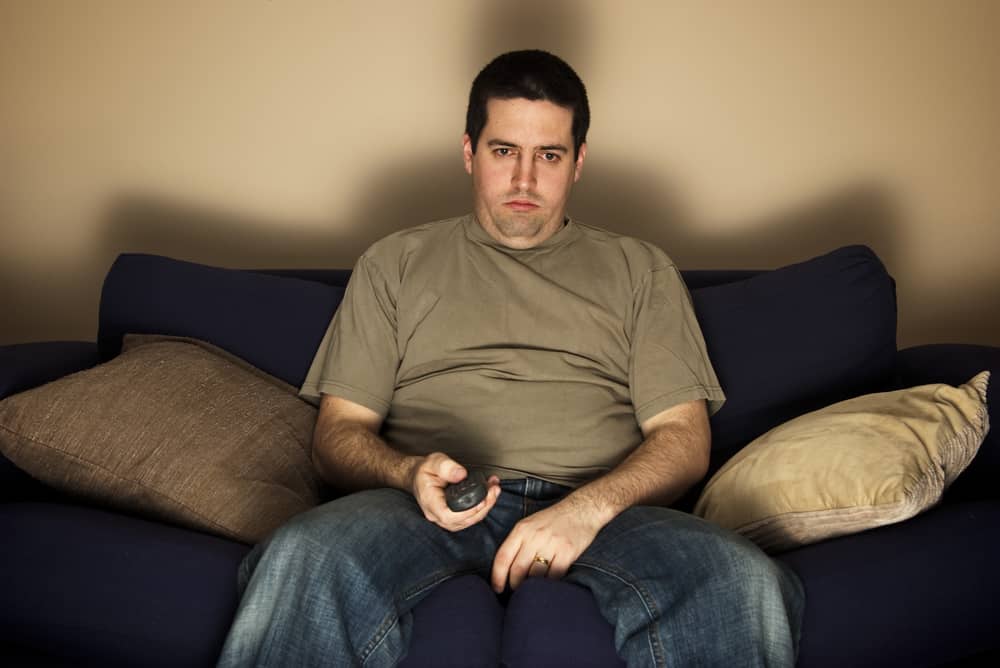
Job Descriptions
Surprisingly, many organizations have either poorly written or no job descriptions at all. The vast majority are vague and don’t provide nearly enough information on which to make decisions about whether an injured worker can physically handle a particular job. It is not uncommon to see a company with multiple locations have different job descriptions for the same jobs at each location.
Medical directors for third-party administrators cite the lack of adequate — or any — job descriptions as one of their major hurdles in getting injured workers back on the job.
Click Link to Access Free PDF Download
“13 Research Studies to Prove Value of Return-to-Work Program & Gain Stakeholder Buy-In”
Some job descriptions include the 5 strength categories outlined by the Department of Labor:
- Sedentary
- Light
- Medium
- Heavy
- Very heavy
This, at least, gives the treating physician an idea of how much weight and effort is needed to do the job. But it fails to take in many other factors that can be crucial to fitting an injured worker in the right position.
For example:
- Does the job require the worker to bend, kneel, reach – and how high?
- Are long periods of standing necessary?
- Is driving a requirement?
- Would climbing be important, such as climbing onto equipment?
- Is pushing and/or pulling involved?
- Are specific body parts more taxed than others, and to what degree?
- What cognitive skills are needed?
The more detailed, accurate information provided in the job description, the easier it is for physicians to determine if an injured worker can handle the job and what, if any accommodations could enable him to return to work.
In addition, a good job description (profile) reduces the number of injuries at an employer by identifying injury risks and preventive ergonomic modifications.
Disability Duration
Getting injured workers back on the job in some capacity saves costs for the employer/payer, who no longer has to pay workers’ compensation benefits. But it also saves the employer/payer additional, though overlooked costs; that is, preventing an injury from becoming one of the small percentages of claims that consume the majority of costs.
Estimates are that somewhere between 5 – 10% of claims comprise 80% of workers’ compensation costs. While some of these involve catastrophic injuries, many are seemingly small claims that stay on the books for months or years, often involving multiple medical treatments and medications. That is the impact of disability duration on utilization.
Additionally, the longer a person is out of work and the more treatments/medications he receives, the more likely he is to continue in that vicious cycle. He develops a disability mindset and believes he truly needs whatever medical services are suggested.
Physicians cannot take all the blame for these claims. If employers/payers cannot provide accurate job descriptions that include specific job demands, and if they are unwilling to make accommodations, the doctor can only do what he is trained to do; help the injured worker resolve his injuries and pain.
In addition to providing accurate job descriptions, it is also incumbent on employers/payers to work with treating physicians to help them understand the benefits of returning an injured worker to some sort of work — for the injured worker as well as the employer/payer.
FREE DOWNLOAD: “13 Research Studies to Prove Value of Return-to-Work Program & Gain Stakeholder Buy-In”
Suggested Actions
Shortening up disability durations is key to reducing workers’ compensation costs. Organizations can achieve this by:
- Getting accurate, detailed job descriptions. Get help directly from an outside service provider, or work with a with a TPA or insurer that can provide access to better physical demands descriptions for various occupations, especially if the provider is using a national database.
- Taking videos of employees doing their jobs. This can become part of a job description. It can also be used to show the treating physician exactly what a job entails, which will help make more informed decisions about getting the worker back to the right work and seeing if accommodations would help.
- Partnering with the treating physician. The doctor treating the injured worker should be part of the caregiving team. The physician is a vital part of the RTW process since she has the authority to release the employee to work and the type of position he can do.
- Providing training to avoid reinjury. Based on the job demands and the worker’s condition, some training may help ensure the employee is doing tasks properly.
Conclusion
Helping injured workers recover and return to productivity should not be left to chance. By having a strategic plan of partnering with physicians, TPAs, insurers and others involved in a claim, and providing as much detailed information as possible — especially job descriptions — organizations can prevent routine claims from becoming expensive, long-lasting ventures.

Contact: mstack@reduceyourworkerscomp.com.
Workers’ Comp Roundup Blog: http://blog.reduceyourworkerscomp.com/
©2023 Amaxx LLC. All rights reserved under International Copyright Law.
Do not use this information without independent verification. All state laws vary. You should consult with your insurance broker, attorney, or qualified professional.

















